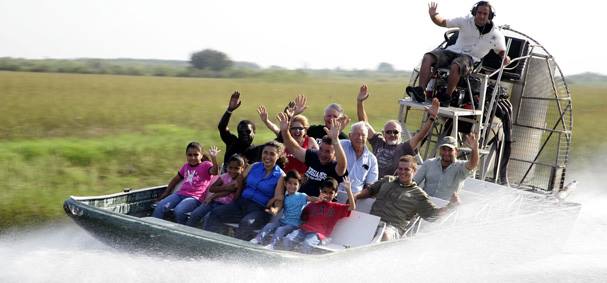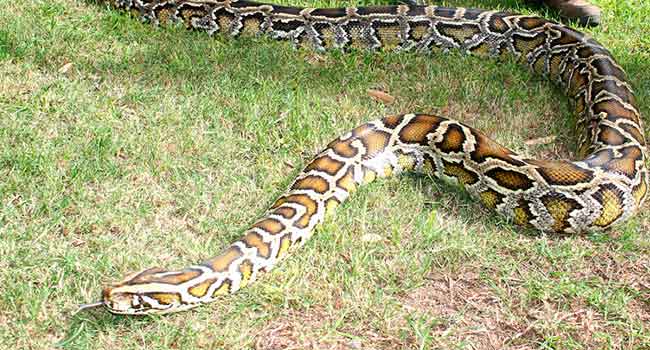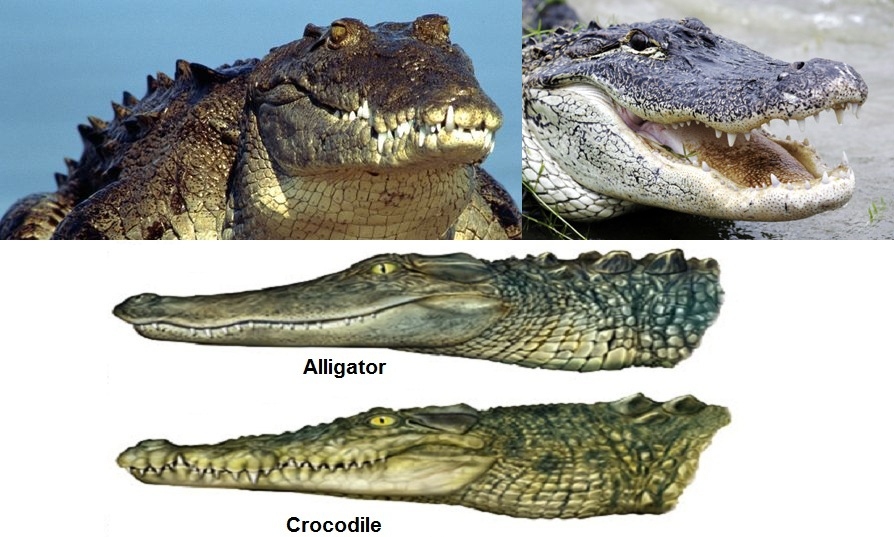The Everglades is a two million acre wetland ecosystem that reaches from central Florida, near Orlando, all the way south to Florida Bay. Since the 1800’s, human actions have been altering the Everglades landscape. Water diversions and flood control projects cut water flows and connections between wetlands throughout the Everglades. Combined with agricultural and urban development, the size of the Everglades has decreased dramatically. The Everglades is internationally known for its extraordinary wildlife. From Florida Panthers to crocodiles, manatees, and a huge host of birds such as roseate spoonbills, egrets, and wood storks.
The Everglades is also known for its plant life. The diversity of Everglades’ habitats means there’s also a great diversity of plants. There are wetland plants from sawgrass and bladderwort to cypress and mangrove trees. There are pine trees, hardwoods, and even beautiful orchids. The Everglades is comprised of more than 100 marsh species that live in water all or much of the year. Floating aquatic plants that dominate the waterscape include bladderwort, white water lily, spatterdock, and maiden cane. Living among these is one of the tiniest members of the Everglades plant community, periphyton algae.
More than 350 bird species can be found in Everglades National Park alone. The Everglades is known for its many wading birds, such as white and glossy ibises, roseate spoonbills, egrets, herons and wood storks, but it also hosts huge numbers of smaller migratory birds. Some species, such as the snail kite, wood stork, and Cape Sable seaside sparrow have become endangered species.
Home too many reptiles, both alligators, and crocodiles live in the Everglades and are sometimes mistaken for each other. Reptiles and amphibians are animals whose body temperature changes with their surroundings. American alligators like deep, freshwater channels of water called sloughs and wet prairie, where they dig out ponds for nesting. The American crocodile lives in the coastal mangroves and Florida Bay. Everglades National Park has 27 different kinds of snakes alone, sixteen turtles, and several lizards.
The Everglades’ most endangered animal, a mammal, is the Florida panther, of which about 80 now survive. The Florida panther is one of 30 Puma concolor subspecies known by many names – puma, cougar, mountain lion, painter, catamount, and panther. They are solitary and territorial animals that travel hundreds of miles within their home range. Panthers are usually quiet, but they do communicate through vocalizations. Other well-known Everglades mammals are water-dwellers–the West Indian manatee, which is also endangered, and the bottlenose dolphin.







